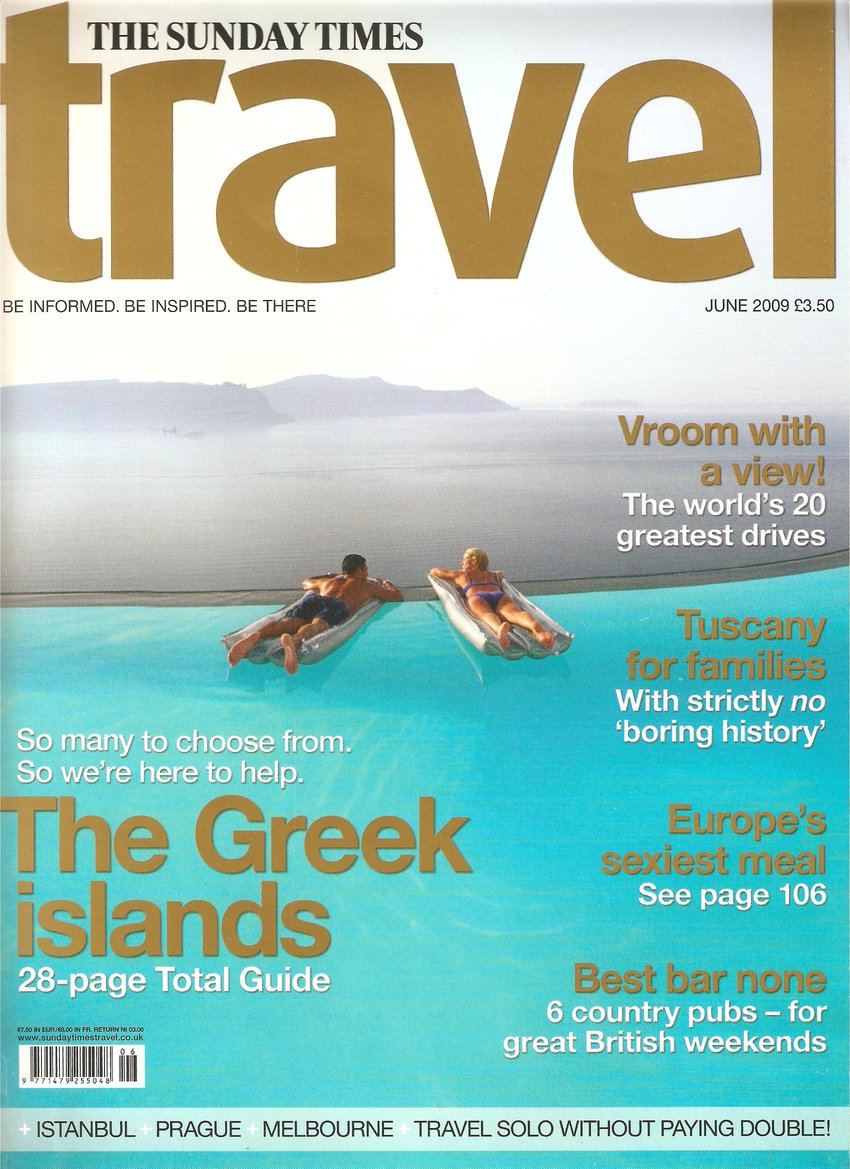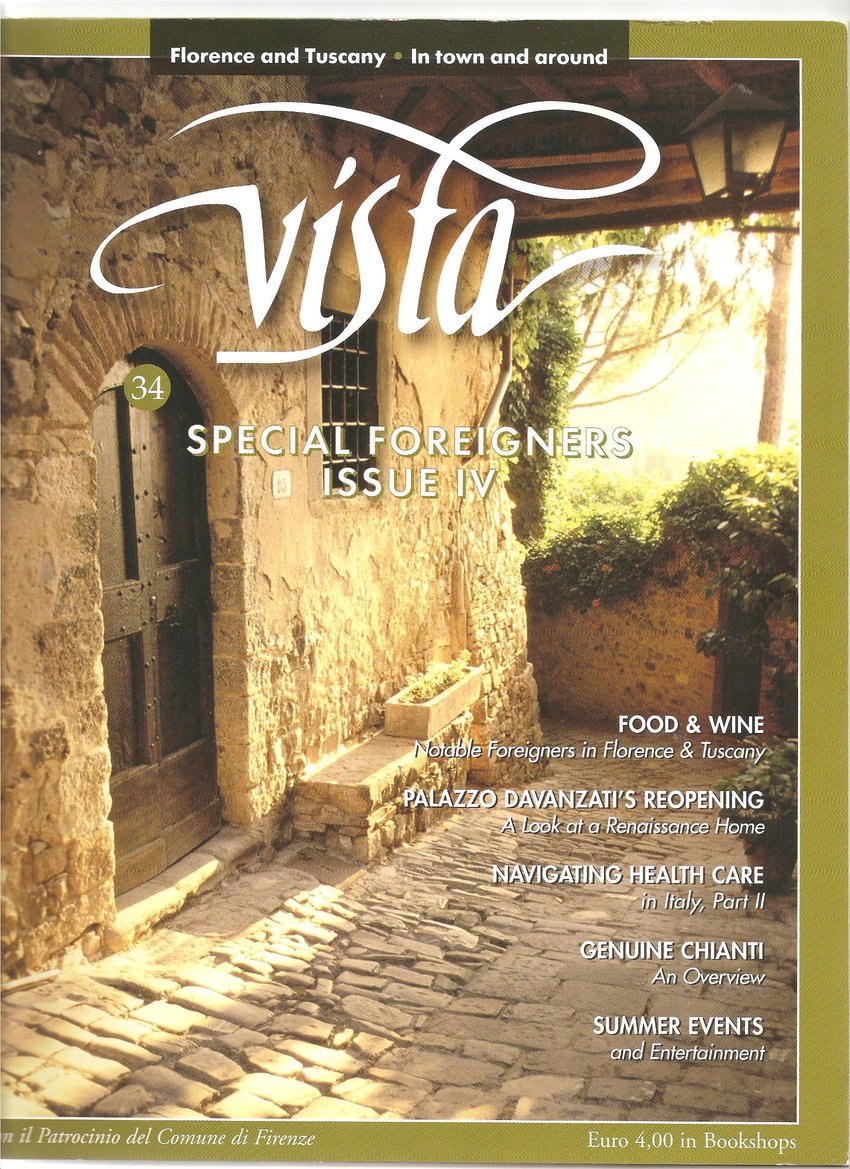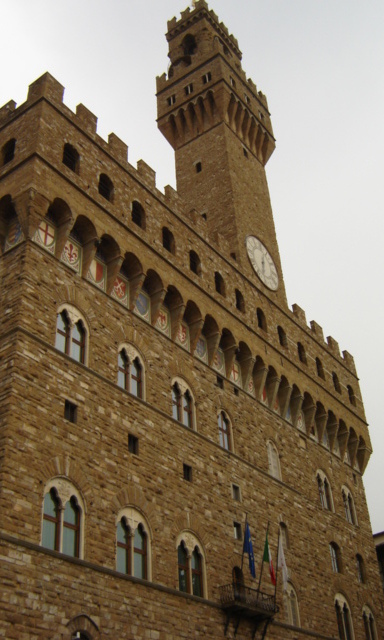 |
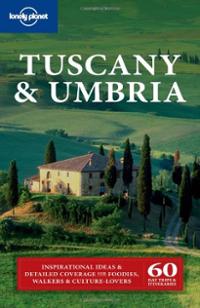 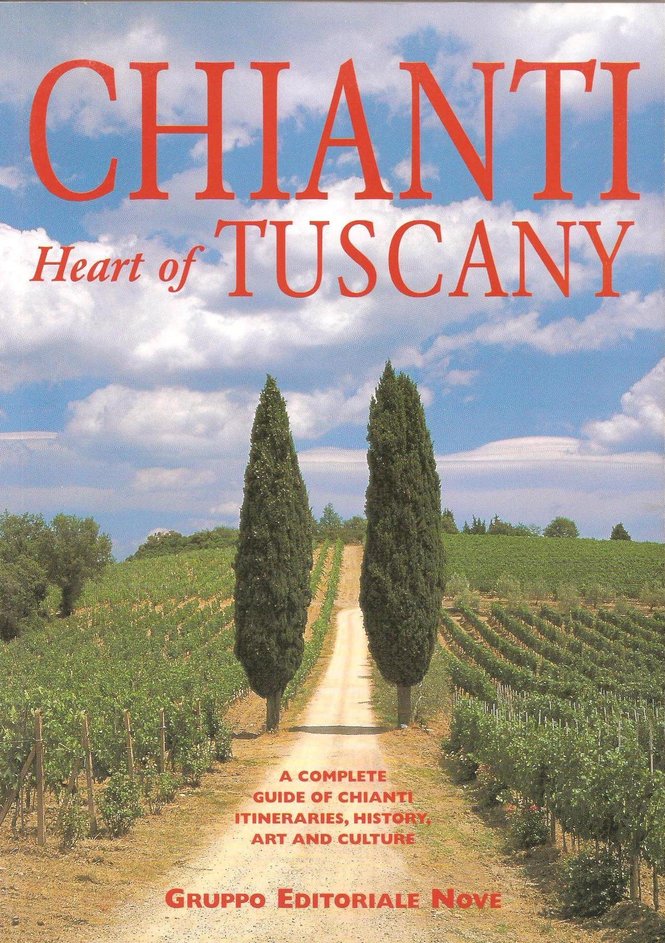
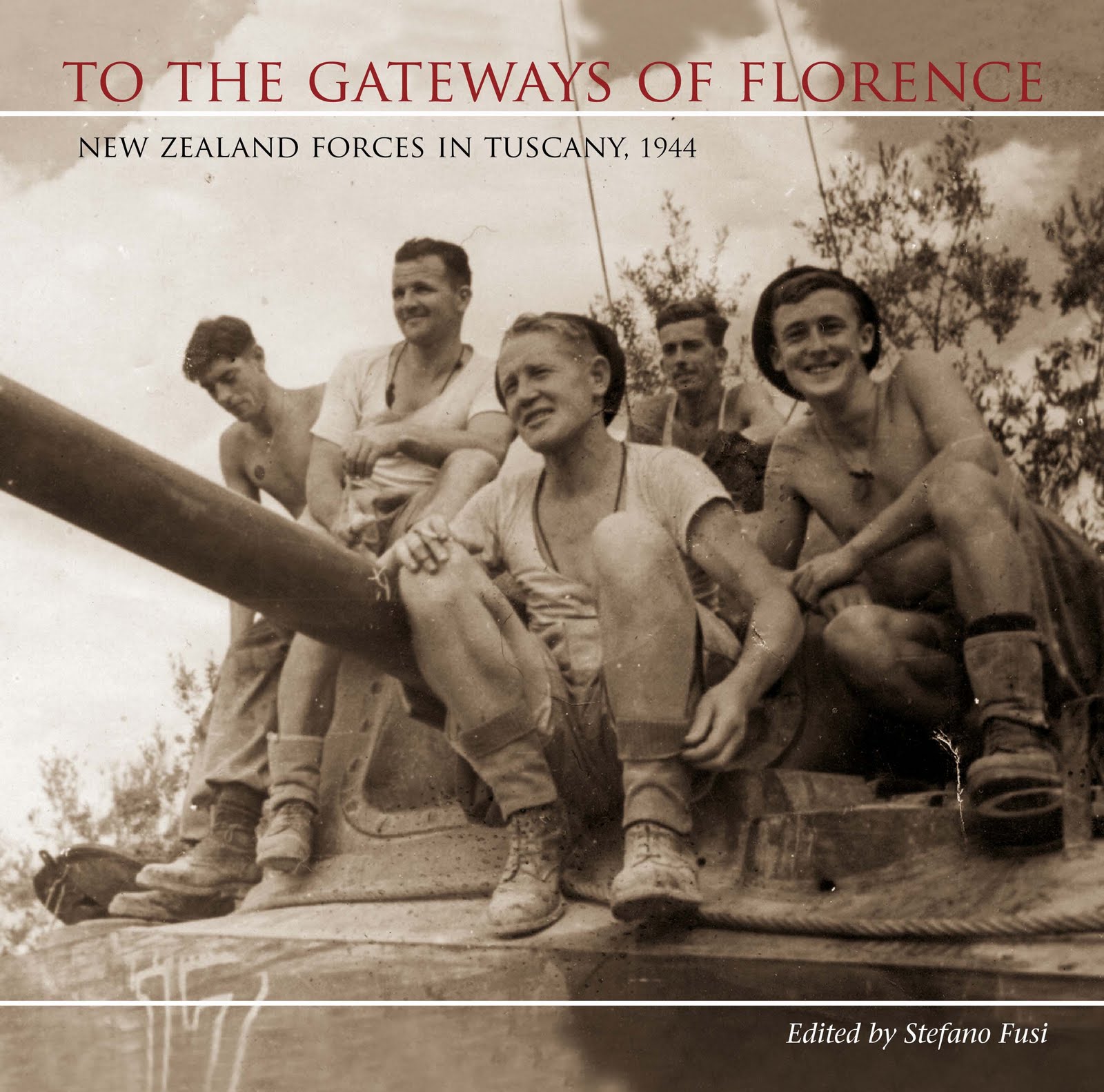
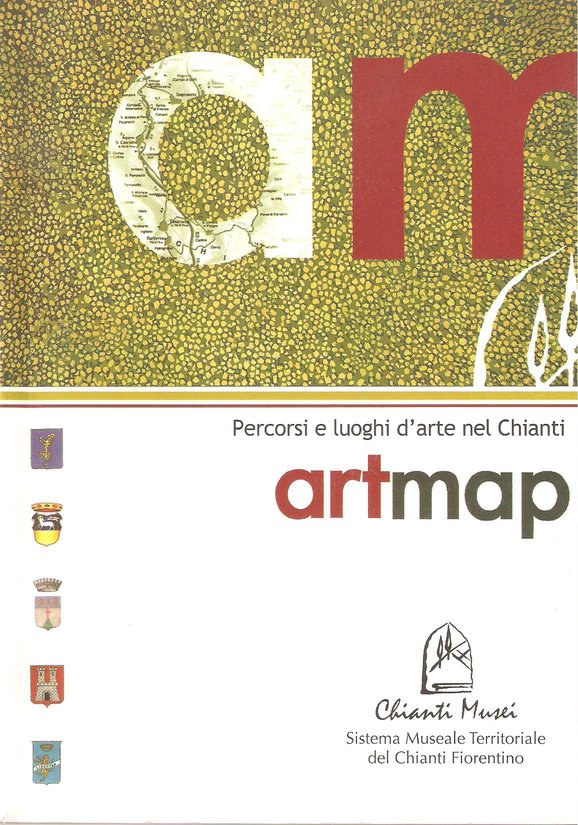
Mark has
published articles about his research in University, and has also written for these publications:
English
translation of presentation to the Chianti museums, Domini Musei, 1999. 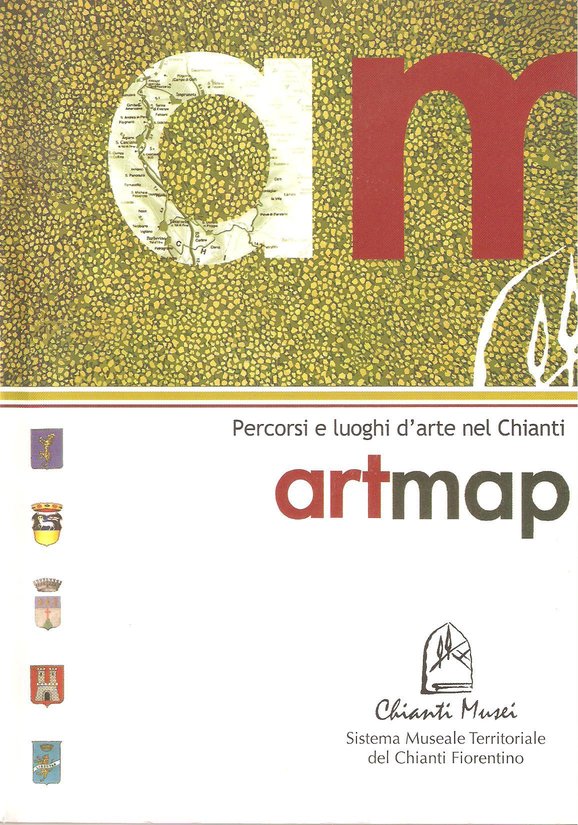
Introductions
to Inchiantiere, art exhibits in 2006 and 2007 at Palazzo Malaspina, San
Donato in Poggio (Florence). 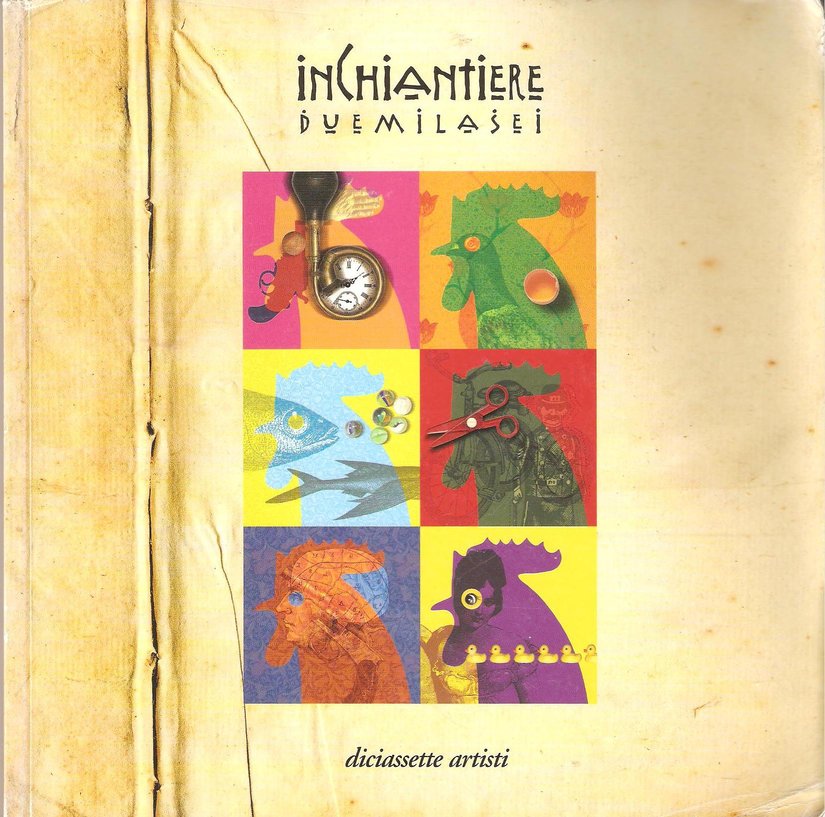 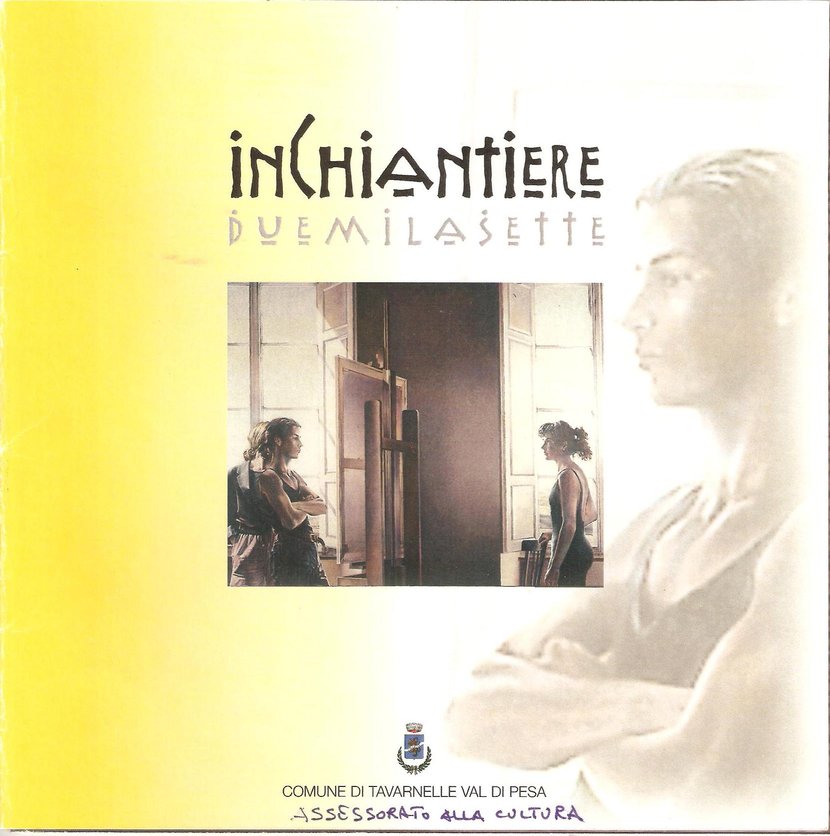
Un investimento per il futuro del Chianti, “InChianti” magazine, anno VI, n. 2 2008, pag. 3.
DVD on the WWII Allied Liberation of the town of San Donato in Poggio and
the battle of San Martino (2006-07).
DVD
on the WWII Allied Liberation of Sambuca val di Pesa, the battle of Campiglioni
and the local massacre of civilians in 1944 (2007-08). (Videos)
Chianti, Heart of Tuscany, Florence 2008, article on the XX century and general collaboration to
the author in part. in English translation (also in Italian and German).
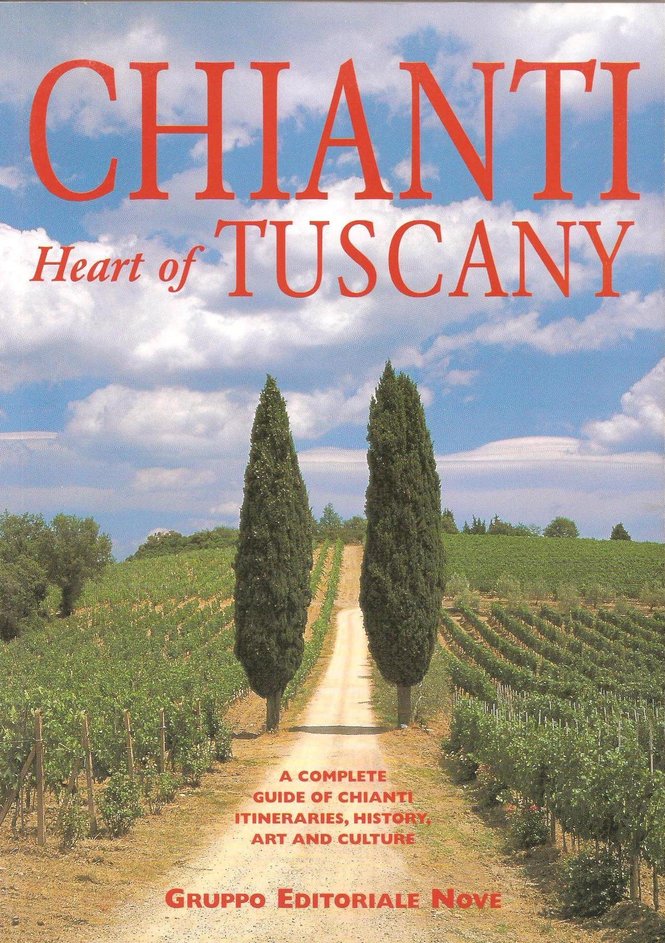
Numbers
4 & 5 are on digital support but excerpts can be read in English in:
To the Gateways of Florence, Auckland, New Zealand, 2011, edited by Stefano Fusi, pages 189-198.
Michelangelo and the hidden work,
video on You-tube, 2012 (Videos)
He has also been mentioned in a variety of other publications, in his capacity as a guide or with regard to various reviews of his work.
"Terminons notre visite à la galleria dell'Accademia, devant le David (1504) de Michel-Ange, en athlète incarnant la beauté masculine "bien dans la mentalité de la Renaissance où l'homme est au centre de l'univers, note Marco Secci, notre remarquable guide-conférencier historien de l'art. Thème biblique qu'il interprete d'une manière toute personnnelle: David, devenu symbole de fierté pour la jeune République, doit sa victoire à son intelligence et à son innocence."
D. Tramard, Florence, fille glorieuse des Médicis, in "Grand Reportages", 343, Juin 2010, pg. 44.
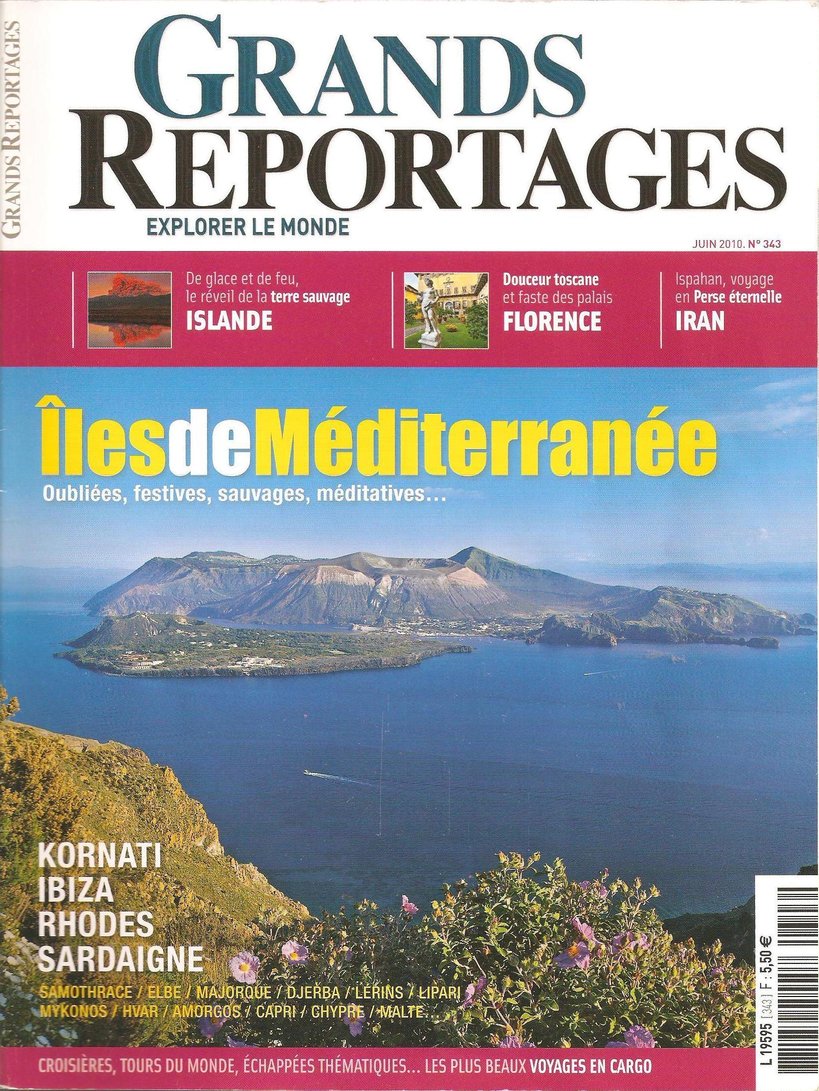
V. Maxwell, Tuscany and Umbria, Lonely Planet Country & Regional Guides, edited by Lonely Planet Publicatoins, January 2010.
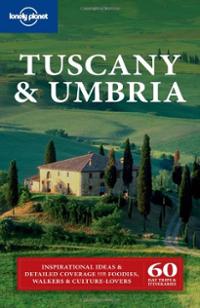
Would family cycling holiday be hard work? Not with a tipple of Tuscany's finest to help the wheels go round, says Anthony Sattin.
''Basically it's the holiday equivalent of boiled cabbage: 'Guess what we're doing this summer, kids? A cultural tour of Renaissance Tuscany!' Cue deafening, youthful groans.
I'm not saying children and culture can't mix. At 16 and 12, our sons, Johnny and Felix, are happy to chew over a bit of history between activities happen to be watching football and eating. But all parents know the futility of trying to force-feed children: anything school-bookish will have them yawning sooner than you can say 'Botticelli'. I knew the beauty of Tuscany would win them over if I could only get them out there - and their interest increased as soon as the names 'Siena' and 'Florence' entered the conversation. ('Siena? They're in the Italian premier league,' said Felix. Tap, tap, went his computer keyboard: 'Oh - so are Florence's Fiorentina.') But what clinched the deal was the little 'transport plan' I'd hatched. 'We're going to cycle from one to the other,' I explained. As I sketched out the pleasures of a few days and nights in the Chianti hills, digesting fabulous food and landscapes, they were cautiously enthusiatic; by the time I'd described all the downhill whizzing involved, they were reaching for their backpacks.Siena is not the easiest place in Italy to reach: it took us an entire day of plane, trains, taxis and bus, and left us with the short-haul equivalent of jet lag. Luckily, the city knows how to treat such a condition. ' Here', the padrona said, leading us to the top of her old-town hotel, 'is a room with a view.' Outside our window, a puzzle of roofs glowed red in the dying light of evening. Beyond them was a panorama of hills, umbrella pines and cypresses. It was the backdrop to many a Renaissance masterpiece, and it was the landscape we planned to cross. It takes brilliance to make sense of the Uffizi while holding the attention of a 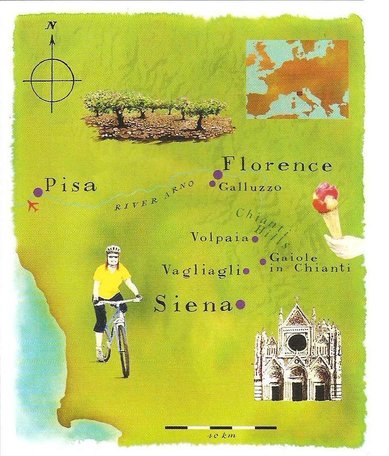 teenager and a 12-year-old, but Marco Secci,our guide in Florence, managed with ease. For three hours, he kept us fixed on a single theme, the representation of the Virgin and Child - a clever choice, as it took us from Giotto to Caravaggio, via Botticelli, Michelangelo and Leonardo. We got sidetracked, but that was part of the plan and certainly part of the pleasure, being led away as the boys spotted something - first a row of Roman busts, next Botticelli's The Birth of Venus, then the prancing horses and forest of lances of Uccello's The Battle of San Romano. teenager and a 12-year-old, but Marco Secci,our guide in Florence, managed with ease. For three hours, he kept us fixed on a single theme, the representation of the Virgin and Child - a clever choice, as it took us from Giotto to Caravaggio, via Botticelli, Michelangelo and Leonardo. We got sidetracked, but that was part of the plan and certainly part of the pleasure, being led away as the boys spotted something - first a row of Roman busts, next Botticelli's The Birth of Venus, then the prancing horses and forest of lances of Uccello's The Battle of San Romano.
'That,' Marco explained, 'was painted to celebrate the victory of the Florentines over Siena in 1432, but it was not the end of the rivalry.' Indeed not, as Felix later pointed out. In a neat dovetailing of sport and culture, the two sides had meet twice on the football pitch in recent weeks, he told me happily - and won one game each.''
Described as "... guide passionnant et passionné" Toscane, Ombrie - Le guide du routard, Hachette Livre (Hachette Tourisme), in the page ''Thanks to'', 2009.
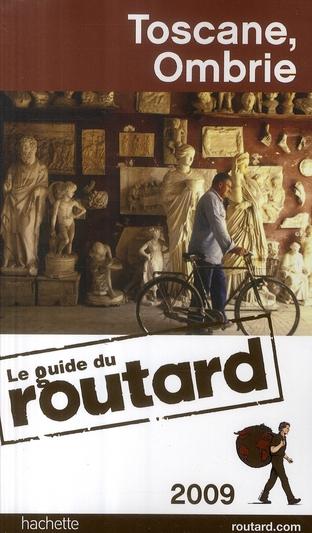
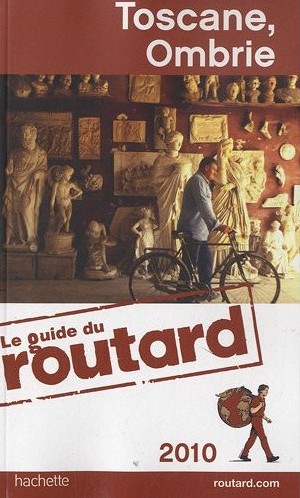
"Chianti witnessed a decline in cattle raising in the 1950s when nearly half the population moved elsewhere, primarily to big cities," says tour guide Marco Secci. "In the '70s and '80's, people came back, but about half were foreign while others were Italians returning from towns." By this time, however, raising chianine (Tuscan cattle used to plow the fields or provide meat) was all but phased out in favor of growing crops."
R. Cirigliano, J. Gilette-Newman; Traversing Chianti; in "Vista"; vol. 20; number 1; Summer 2008; pp. 16-17.
"...Although a popular preconception exists that the Chianti is a geographically homogenous center for wine production, in reality every hill and bend along the Greve River has a different climate, topography, animal life and culture. Tour guide Marco Secci, says that such a "direct contact with the land allows one to truly discover the Chianti region as a rich mixture of experiences."
S. Croce, A. Hernandez,The Open Road, in "Vista", vol. 19, number 2, Fall 2007, pp. 29-30. 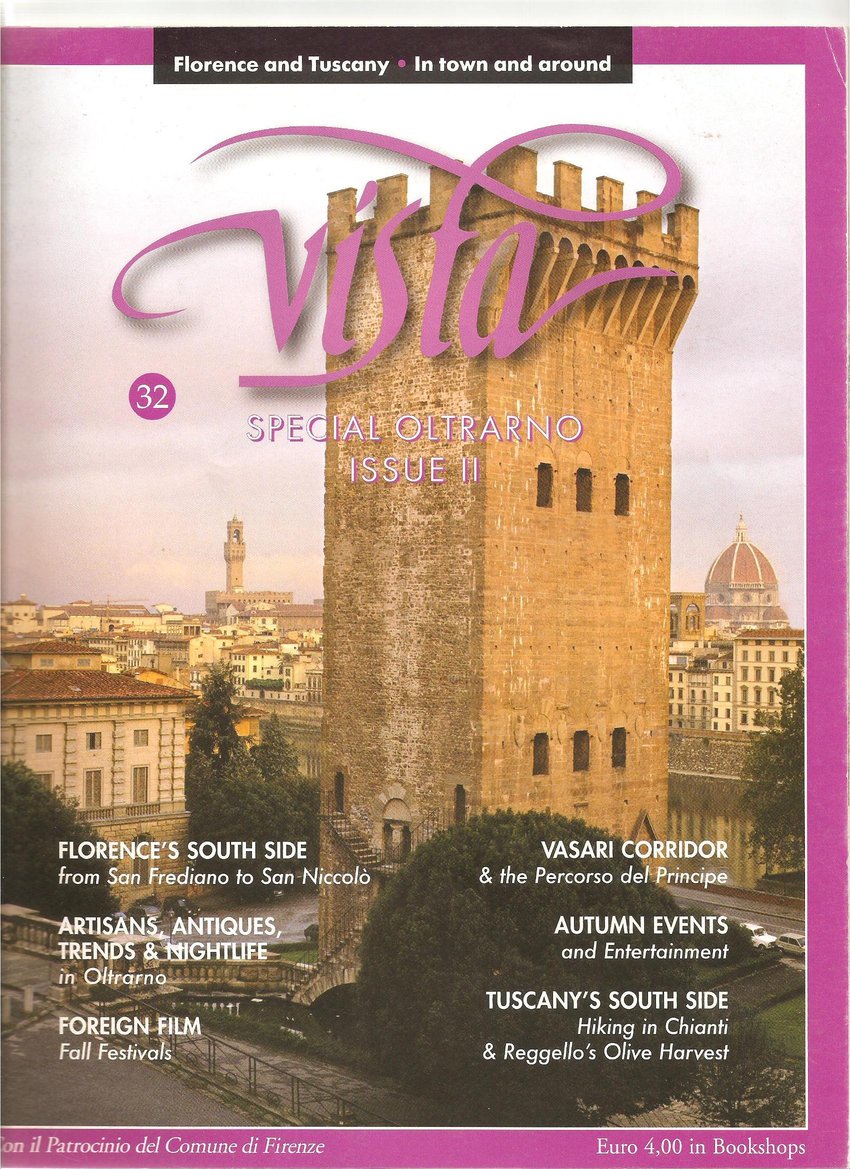
''But if you only have a day like I had, I'd recommend hiring a guide. With Marco's help we managed to fit in most of the must-see sights, including Michelangelo's statue of David and the Ponte Vecchio, an ancient shoplined bridge.''
Stacey Quinton; The Italian Manhattan, Tuscany's Magic Skyline; in ''The People''; March 23, 2003.
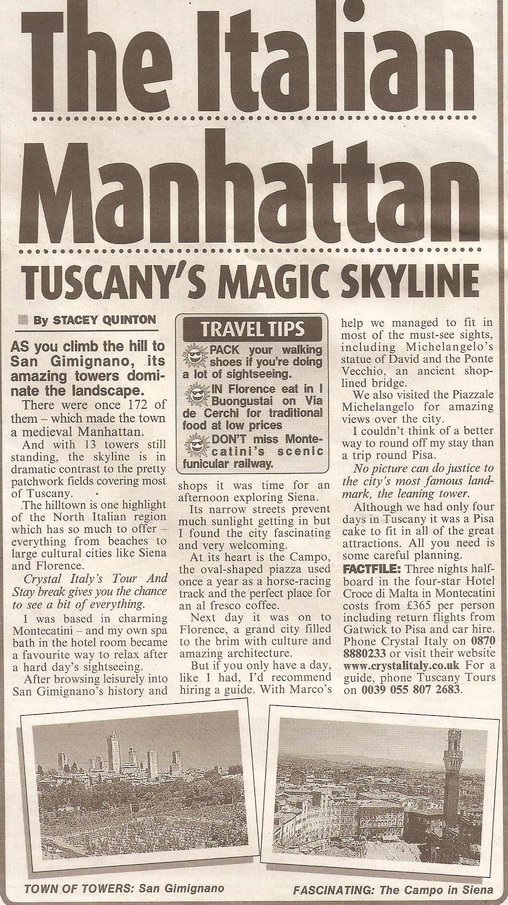
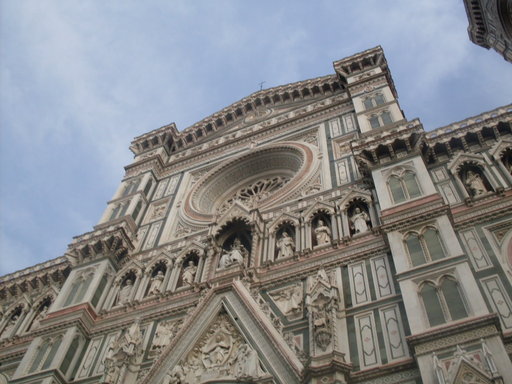
|
 |
| |
 |
|
|



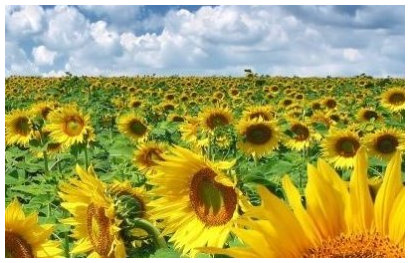



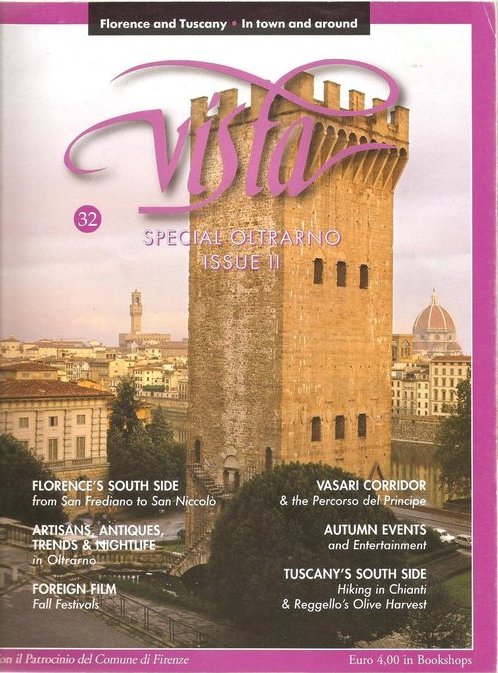
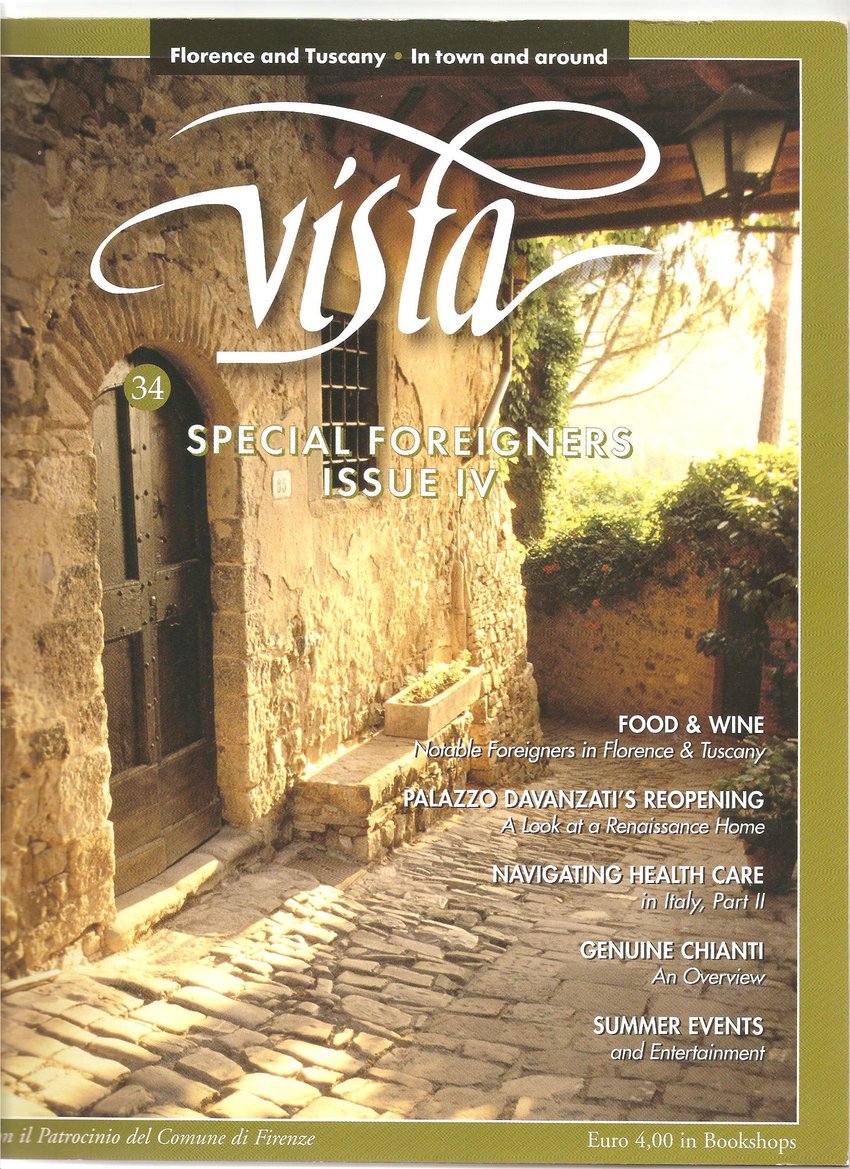
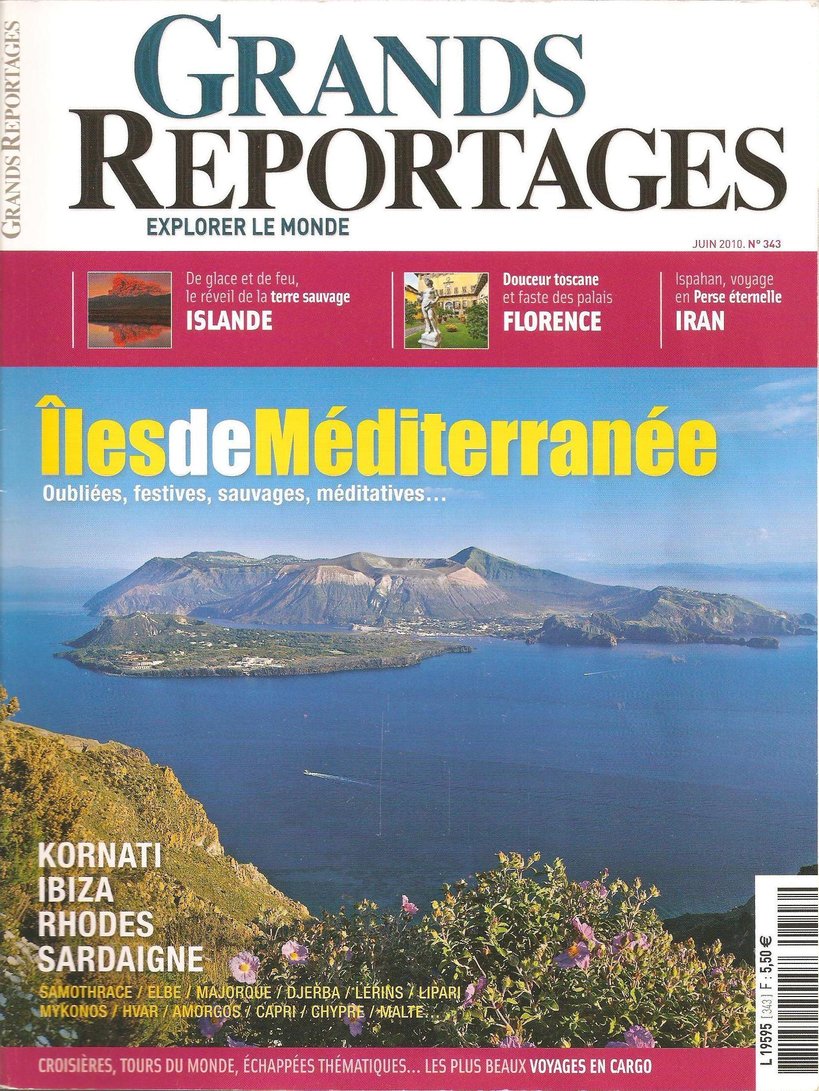
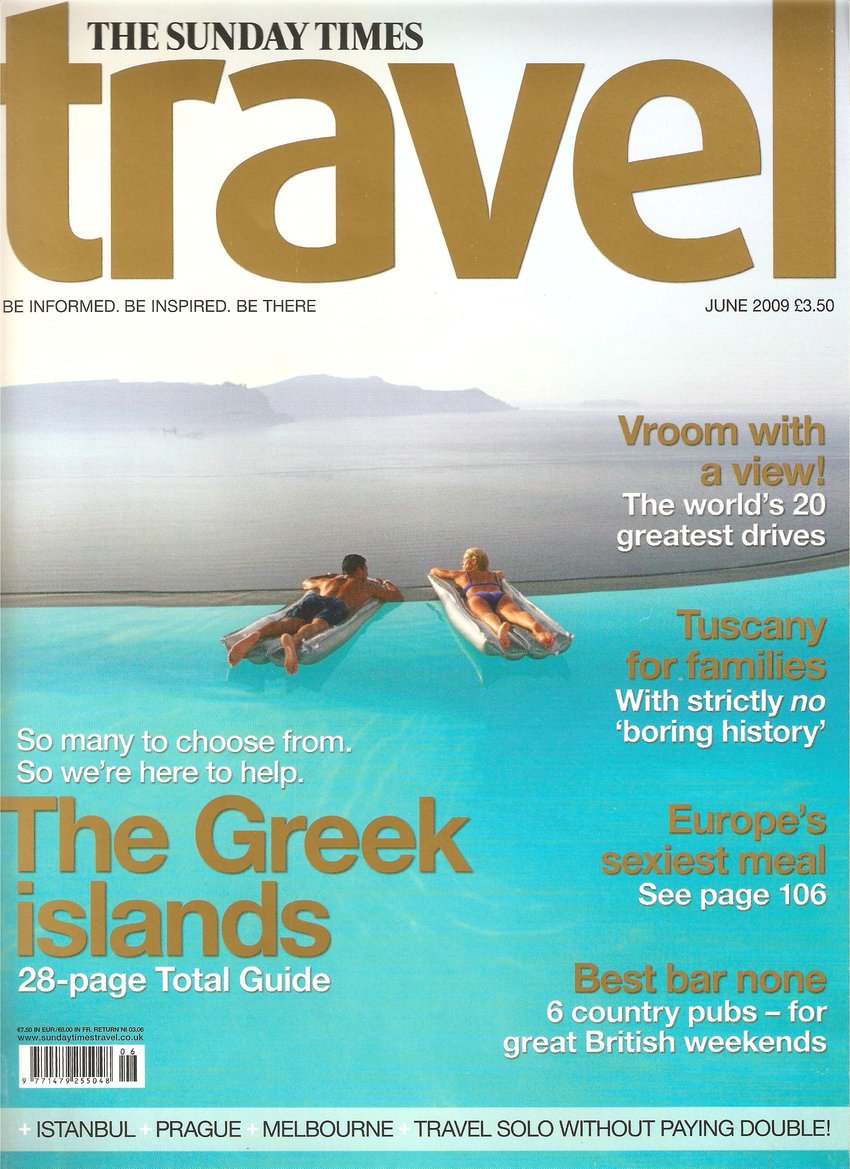
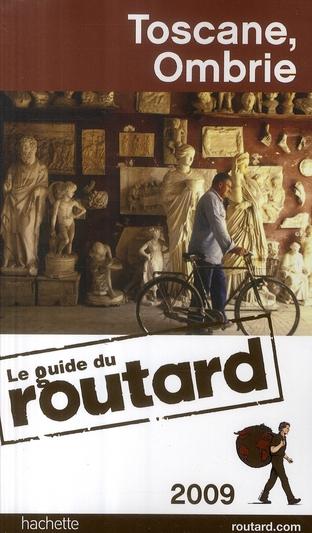
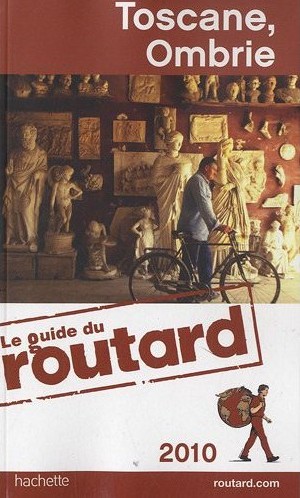



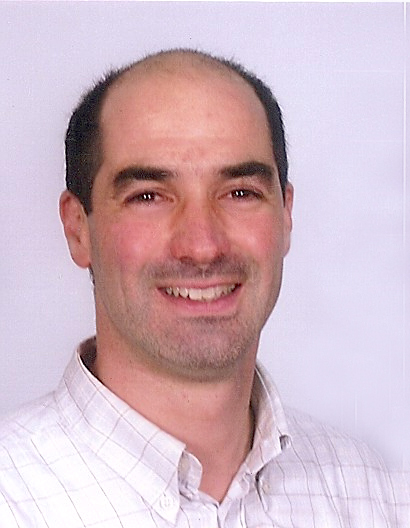








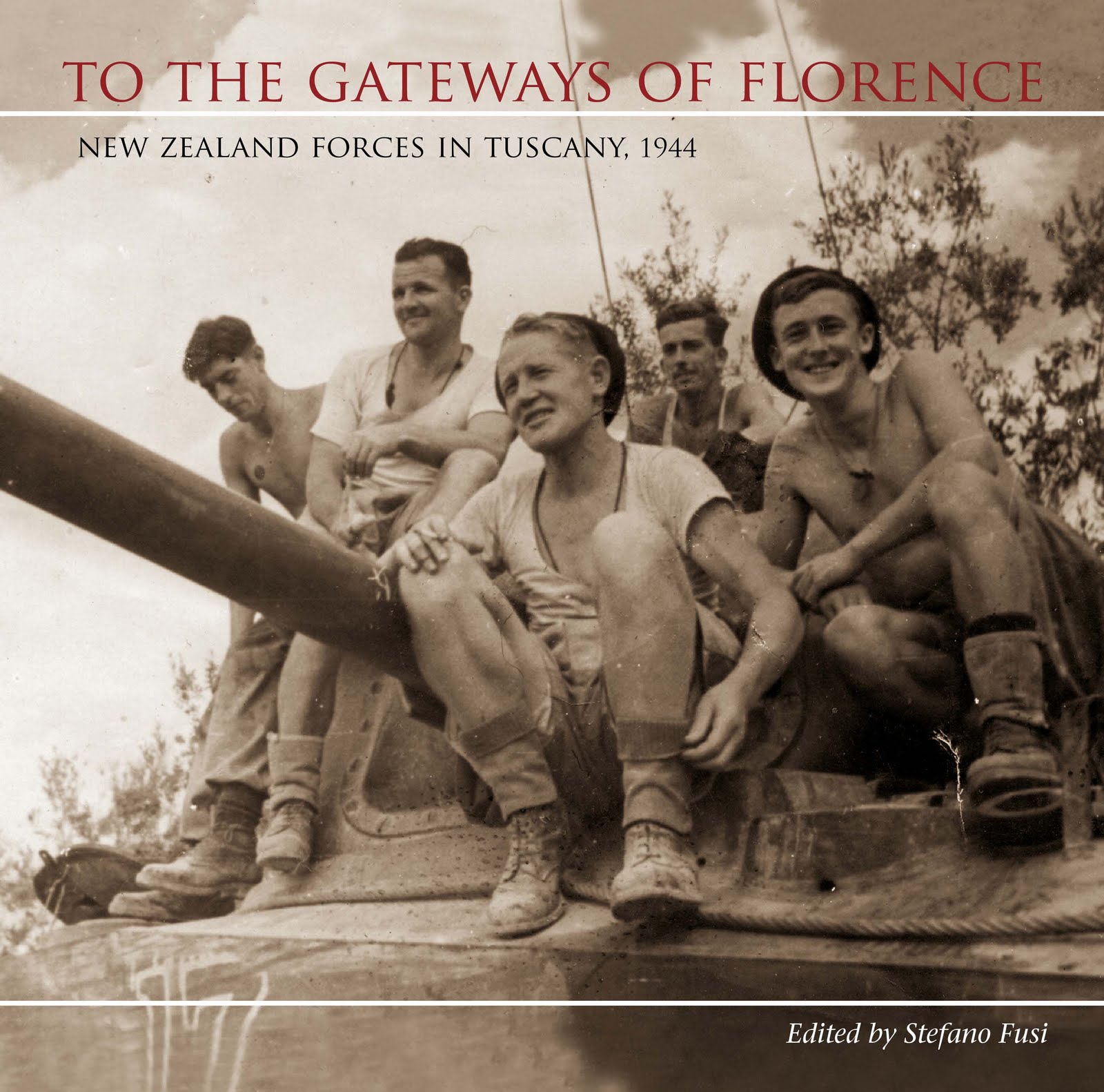


 teenager and a 12-year-old, but Marco Secci,our guide in Florence, managed with ease. For three hours, he kept us fixed on a single theme, the representation of the Virgin and Child - a clever choice, as it took us from Giotto to Caravaggio, via Botticelli, Michelangelo and Leonardo. We got sidetracked, but that was part of the plan and certainly part of the pleasure, being led away as the boys spotted something - first a row of Roman busts, next Botticelli's
teenager and a 12-year-old, but Marco Secci,our guide in Florence, managed with ease. For three hours, he kept us fixed on a single theme, the representation of the Virgin and Child - a clever choice, as it took us from Giotto to Caravaggio, via Botticelli, Michelangelo and Leonardo. We got sidetracked, but that was part of the plan and certainly part of the pleasure, being led away as the boys spotted something - first a row of Roman busts, next Botticelli's 